If there’s a trick to enjoying the Chinese New Year, it's by doing a photowalk along the streets of the Manila Chinatown.
This year, the Fire Rooster takes the limelight.
Probably as old as Manila itself, the Chinatown in the Binondo district has been the center of Chinese life and culture in the Philippines since precolonial times. Perennially popular, it’s both a legitimate dining destination and a wonderland of interesting sights.
All the restaurants, shops, streets and alleyways radiates that "Little China" look, enough to attract revelers from all parts of the metropolis to come marching in and celebrate.
Parades, dragon dances, fireworks and marvelous food are a staple. Merrymaking on the streets and dining at the finest Chinese restaurants.
Here's what we saw during the celebration of the 2017 Chinese New Year - the Year of the Fire Rooster. Kung Hei Fat Choi!
Ongpin Street
The entrance of the Manila Chinatown is Ongpin Street which is just across Plaza Sta. Cruz and the Binondo Church. You'll know you're there when you see the "Arch of Goodwill." Ongpin is a busy street with all its vendors and fruit hawkers.
 |
| The Arch of Goodwill in front of Plaza Sta. Cruz |
 |
| The Arch of Goodwill, Ongpin Street |
 |
| Ongpin street sign |
 |
| Revelers along Ongpin Street |
Lucky Charms
Peddlers selling all kinds of lucky charms, fruits and Chinese decors are all over Ongpin Street. They're a tad pricey compared to Carriedo and Quiapo so you may want to possess good negotiating skills before you venture into shopping.
 |
| Buying for souvenirs and lucky charms |
 |
| A young girl looks at me as I take a shot of her mother's merchandise |
 |
| A man buying his lucky charms along Ongpin Street. |
 |
| Lucky fruit loops for sale |
Food
Chinatown is definitely a delicious paradise. If you're craving for good food, you're absolutely in the right place. This New Year's day, we opted dining in one of Chinatown's oldest tea houses and got us the original Cantonese noodles in beef wanton soup paired with traditional dimsum siopaos.
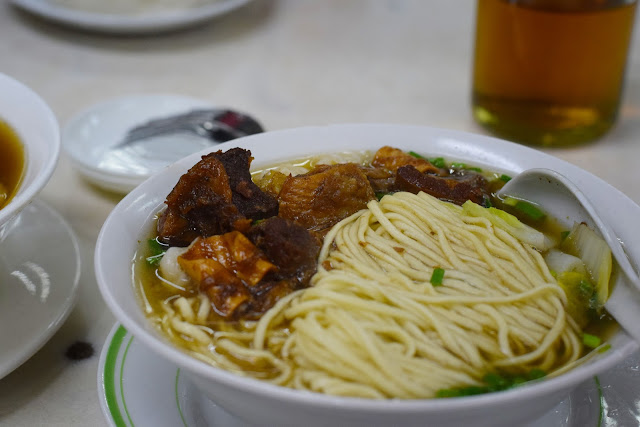 |
| Cantonese Noodles in beef and wanton soup |
 |
| Cantonese Noodles in beef and wanton soup |
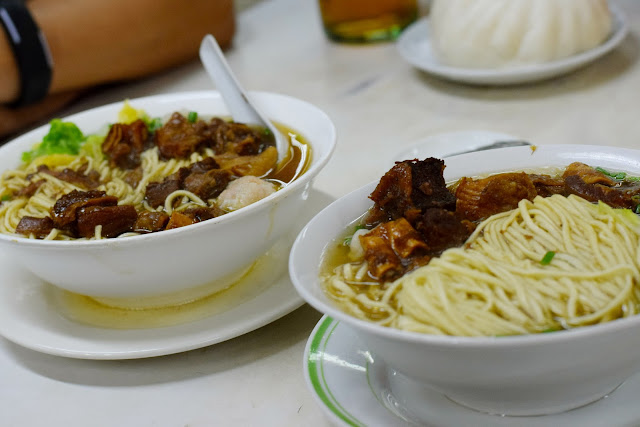 |
| Cantonese Noodles in beef and wanton soup |
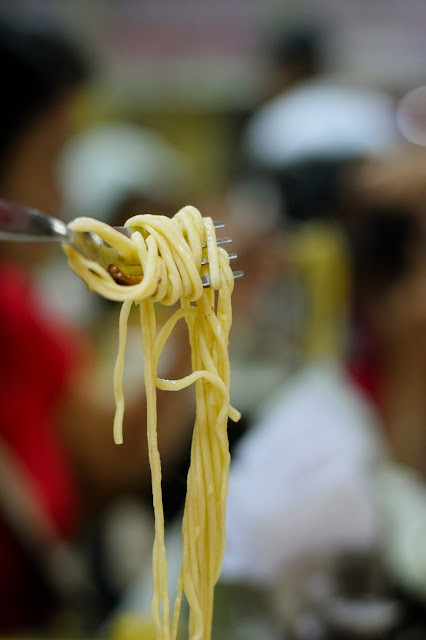 |
| Cantonese Noodles in beef and wanton soup |
 |
| Castanias |
Dragon Dances
The Chinese New Year celebration is never complete without the traditional dragon dance. Men and women carrying long rods support the longest dragon costume ever. And people reach out for their cameras to take snapshots. Be quick in shooting those photos, the dragon moves faster than it looks.
 |
| Shooting with a camera phone |
 |
| Dragon Dance |
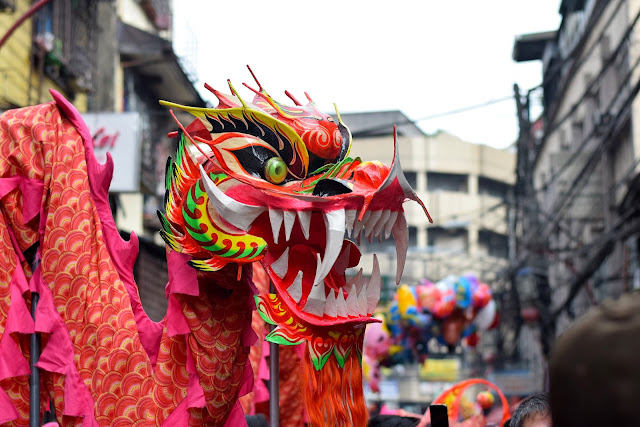 |
| Dragon Dance |
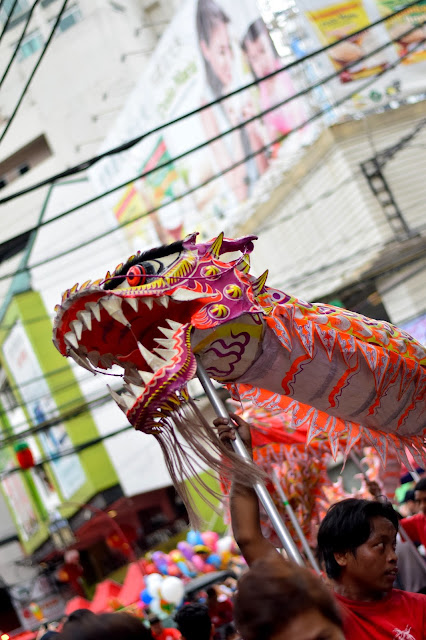 |
| Dragon Dance |
 |
| Dragon Dance |
Lucky charms, figurines
These merchandise are always the bestsellers. They come in all forms: standees and hanging chimes, plastic, metal and wood, clay figurines and vases, feng shui crystals and anti-bad luck charms.
 |
| Old man of prosperity |
 |
| Rooster figurines |
 |
| Deity and rooster figurines |
 |
| Lucky Charms |
 |
| Lucky Charms |
 |
| Lucky palay grains |
 |
| Lucky charms for hanging |
 |
| Lucky fruit loop |
Parades, floats and the City Mayor
The parades traditionally start in the early afternoon. Participants in the parades are usually the establishment owners and students within the Binondo district. The city government, represented by the city Mayor Joseph Estrada, has his own float and distributed lucky ang pao's to the onlookers.
 |
| Parade watchers |
 |
| Rescue truck goes on parade |
 |
| Models on board a parade float |
 |
| Manila Mayor Joseph Estrada |
 |
| Manila Mayor Joseph Estrada |
 |
| Ati-Atihan dancers |
 |
| Cosplayer |
 |
| Cosplayer |
 |
| Happy Chinese New Year |
WHAT DO YOU THINK OF THIS POST?
Share your ideas by commenting.





































Comments
Post a Comment